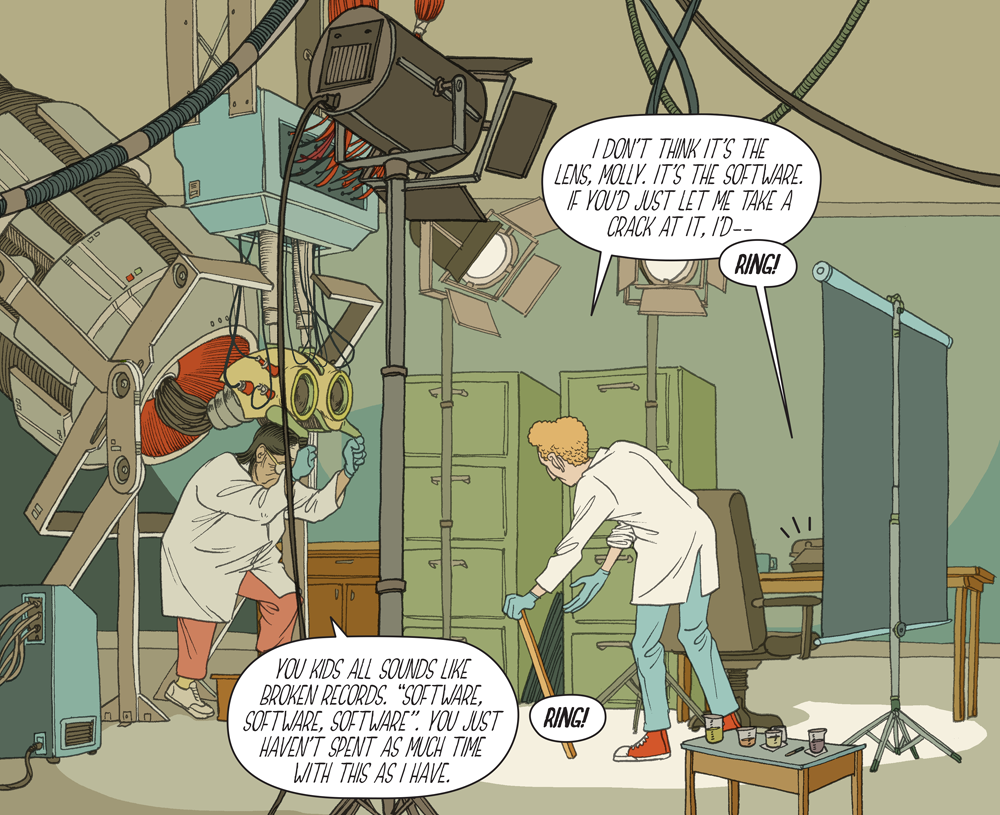Opertoon and Creative Applications Network have written about a recently launched website, TimeFraming: The Art of Comics on Screen – dedicated to exploring what comics can teach about communicating creatively in the age of screen media.
We’re living in the age not just of screens, but of divided screens; boxes of time are all around us. We find them in split-screen sequences in movies and TV, multiplayer video games, videoconferencing, and more—wherever we turn, it seems, boxes of time have become a major part of the way we communicate visually. As it happens, one medium has long proven adept at choreographing boxes of time for storytelling purposes: comics.Erik Loyer
The site is an extension to a talk earlier this year by Erik Loyer titled, Space Into Game, Time Into Book: What Comics And Screens Do Together at City University of Hong Kong.
Below are links to chapters from the talk and a 20 min video version.
- An Artist’s Map of Time
- Shredding the Temporal Map
- Stepwise Time in Born Digital Comics
- Collapsing the Temporal Map
- The Slippery Slope of Time
- The Infinite Canvas as Alternative to Temporality in Comics
- Momentum Scrolling and the Infinite Canvas
- Touchscreens and Non-Diagetic Temporality
- Musical Visual Storytelling
- Temporal Polyrhythms
- The Language of Loops
- Repetitive Logics
- Polyphonic Loops
- Spatial Montage
- Split Screen in the Age of Digital Comics
- Playful Space and Paginated Time
- The Temporal Canvas
Image Source: Creative Applications Network
